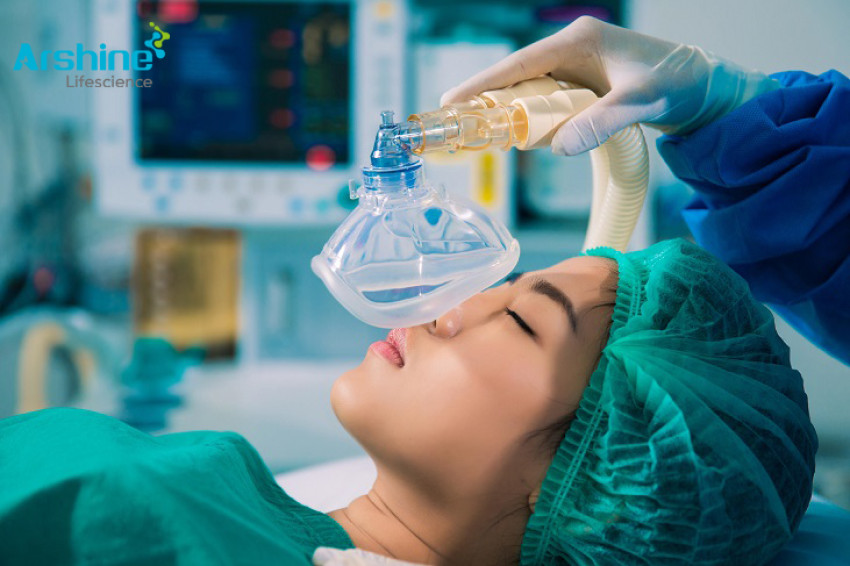
The hospital surgical anesthesia system consists of two parts, namely, the part for delivering anesthesia drugs and the part for mechanical ventilation. It consists of valves, pipelines, air storage bags, c02 absorption tanks, anesthesia machines and other parts. This system can be used for controlled breathing as well as for spontaneous breathing. The vast majority of hospital surgical anesthesia systems are looped. The biggest difference between the ventilation system used by the anesthesiology department in the operating room and that used by ICU users is that the former includes a rebreathing function.
At present, the work of anesthesiology department is one of the most concentrated parts of high-tech development in the medical field. Anesthesiologists should confirm that the most basic working conditions have been established before daily work. Including checking the working status of all rescue equipment, especially checking the functions of the ventilator in detail. They are the high-pressure system, low-pressure system, exhaust gas discharge system, manual and self-controlled breathing system of the ventilator, and all monitoring functions, such as oxygen, carbon dioxide and anesthetic drug concentration monitoring.
1. Anesthesia machine
Anesthesia machine is one of the most important equipment used by anesthesiologists daily. Modern anesthesia machines are reliable, durable, and usually have advanced monitoring functions, which have the ability to quickly identify common abnormal physiological functions and save patients from suffering. A good anesthesia machine should include high-quality circuit and gas circuit design. There are three common gas circuits: oxygen, air, and laughing gas. There should be a connection VI with the central gas supply pipeline and a connection with the high-pressure gas cylinder. device. The pressure inside the pipeline is 50rsig. , because the maximum pressure of the high-pressure oxygen cylinder is about 2200 psig, and the maximum pressure of the laughing gas cylinder is 745 r ig, so it must be reduced to the working pressure of the anesthesia machine (45-50 psig) through the pressure reducing valve during use. At present, there are also some better anesthesia machines (such as Ohmeda series), in order to make the gas supply more accurate, the pressure can be reduced to 14 psig through the secondary decompression device.
Modern anesthesia machines have many built-in safety protection systems that can prevent low oxygen input. The first is the interlocking device of the oxygen and nitrous oxide switch. When the oxygen pressure drops or the supply is interrupted, the nitrous oxide is automatically turned off. Secondly, as in the setting of the mixture of oxygen and nitrous oxide, once the set concentration Fi02 is lower than 0.25, the ventilation system will alarm.
The design of the anesthesia volatilizer should be more precise, and it should ensure that the constant concentration is maintained in the fresh air flow of different flows. And it should have the function of drug identification, which can prompt for wrongly loaded drugs. At the same time, errors in drug output volume should be avoided when the position of the vaporizer is changed. Only in this way can the set anesthetic drug concentration be accurately supplied to the patient.
2. Anesthesia circuit
hospital operation anesthesia systemContains a pipeline circuit, the purpose of which is to obtain air flow from a fresh air source, rely on it to supply oxygen, and at the same time remove c02 in the breathing circuit, there are two ways to achieve this purpose, directly wash out cq by fresh air flow or absorb c02 agent absorption. The semi-closed hospital surgical anesthesia system does not contain a c02 absorption tank, so there is repeated inhalation of part of the exhaled air, and the reinhalation depends on the design of the circuit and the ventilation flow. The cq in the closed hospital surgical anesthesia system is eliminated by the absorption tank.
source : https://www.arshinemedical.com/Industry-information/-hospital-surgical-anesthesia-system




